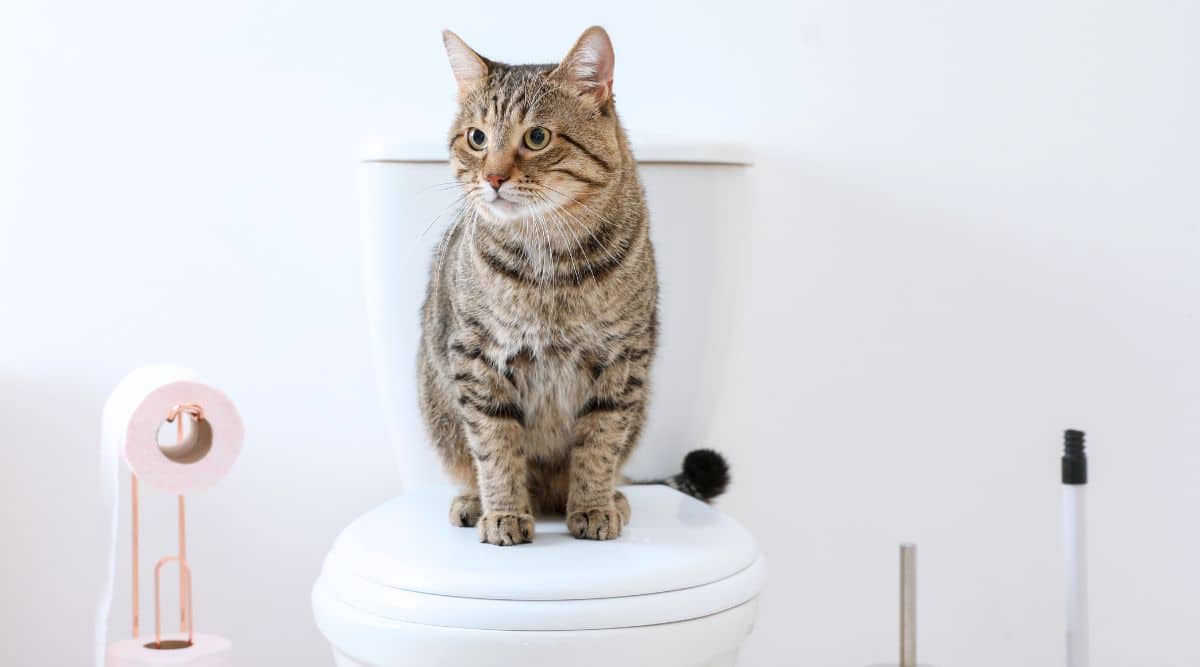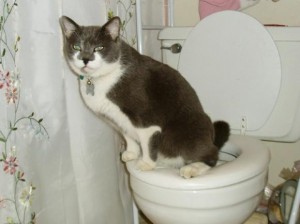Do you find yourself in search of guidance concerning Don’t flush cat feces down the toilet?

Intro
As feline owners, it's essential to bear in mind exactly how we deal with our feline friends' waste. While it might seem convenient to purge cat poop down the commode, this practice can have destructive repercussions for both the setting and human health and wellness.
Ecological Impact
Flushing pet cat poop introduces unsafe pathogens and bloodsuckers into the supply of water, posturing a considerable danger to marine communities. These pollutants can negatively affect aquatic life and concession water high quality.
Health and wellness Risks
Along with ecological worries, flushing feline waste can also posture health and wellness threats to human beings. Pet cat feces may have Toxoplasma gondii, a parasite that can trigger toxoplasmosis-- a possibly severe health problem, particularly for expecting females and people with weakened immune systems.
Alternatives to Flushing
Luckily, there are more secure and more responsible methods to take care of cat poop. Consider the following options:
1. Scoop and Dispose in Trash
The most typical technique of throwing away feline poop is to scoop it right into a naturally degradable bag and throw it in the trash. Be sure to use a committed trash inside story and get rid of the waste promptly.
2. Use Biodegradable Litter
Go with naturally degradable pet cat litter made from products such as corn or wheat. These clutters are environmentally friendly and can be securely disposed of in the trash.
3. Hide in the Yard
If you have a yard, consider hiding pet cat waste in a designated area away from veggie yards and water resources. Make certain to dig deep enough to prevent contamination of groundwater.
4. Set Up a Pet Waste Disposal System
Purchase a pet dog garbage disposal system especially designed for cat waste. These systems use enzymes to break down the waste, reducing odor and environmental influence.
Verdict
Liable pet dog possession prolongs beyond offering food and sanctuary-- it additionally involves appropriate waste monitoring. By avoiding flushing feline poop down the bathroom and selecting different disposal approaches, we can lessen our ecological footprint and safeguard human health and wellness.
Why Can’t I Flush Cat Poop?
It Spreads a Parasite
Cats are frequently infected with a parasite called toxoplasma gondii. The parasite causes an infection called toxoplasmosis. It is usually harmless to cats. The parasite only uses cat poop as a host for its eggs. Otherwise, the cat’s immune system usually keeps the infection at low enough levels to maintain its own health. But it does not stop the develop of eggs. These eggs are tiny and surprisingly tough. They may survive for a year before they begin to grow. But that’s the problem.
Our wastewater system is not designed to deal with toxoplasmosis eggs. Instead, most eggs will flush from your toilet into sewers and wastewater management plants. After the sewage is treated for many other harmful things in it, it is typically released into local rivers, lakes, or oceans. Here, the toxoplasmosis eggs can find new hosts, including starfish, crabs, otters, and many other wildlife. For many, this is a significant risk to their health. Toxoplasmosis can also end up infecting water sources that are important for agriculture, which means our deer, pigs, and sheep can get infected too.
Is There Risk to Humans?
There can be a risk to human life from flushing cat poop down the toilet. If you do so, the parasites from your cat’s poop can end up in shellfish, game animals, or livestock. If this meat is then served raw or undercooked, the people who eat it can get sick.
In fact, according to the CDC, 40 million people in the United States are infected with toxoplasma gondii. They get it from exposure to infected seafood, or from some kind of cat poop contamination, like drinking from a stream that is contaminated or touching anything that has come into contact with cat poop. That includes just cleaning a cat litter box.
Most people who get infected with these parasites will not develop any symptoms. However, for pregnant women or for those with compromised immune systems, the parasite can cause severe health problems.
How to Handle Cat Poop
The best way to handle cat poop is actually to clean the box more often. The eggs that the parasite sheds will not become active until one to five days after the cat poops. That means that if you clean daily, you’re much less likely to come into direct contact with infectious eggs.
That said, always dispose of cat poop in the garbage and not down the toilet. Wash your hands before and after you clean the litter box, and bring the bag of poop right outside to your garbage bins.
https://trenchlesssolutionsusa.com/why-cant-i-flush-cat-poop/

I discovered that blog entry on Don’t flush cat feces down the toilet when browsing on the web. Sharing is nice. Helping people is fun. I am grateful for your time. Don't hesitate to come by our website back soon.
Book Your Installation
Comments on “Why You Should Avoid Flush Cat Poop Down Your Toilet - Crucial Facts”